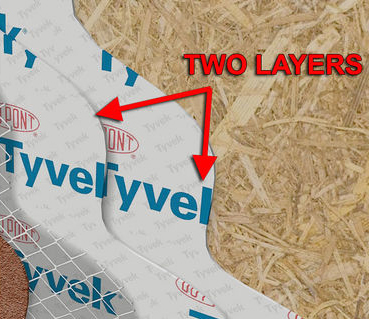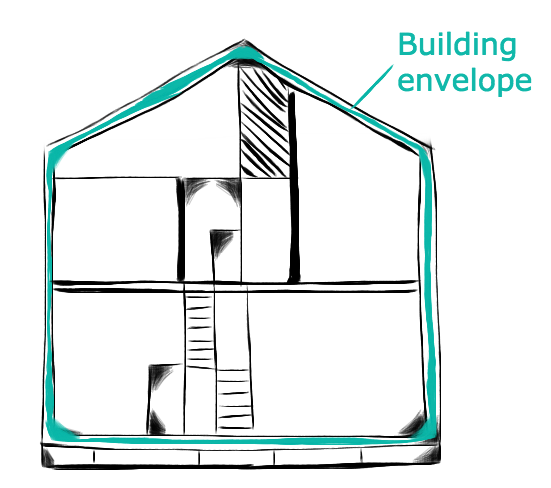
Many of these benefits are attributed to tight control over building ventilation and envelope coating. This lack of damage makes equipment and building substrate last longer with less extreme maintenance demands. The building’s conditions are very tightly controlled, so there is a reduced risk of decay, corrosion, and damage caused by potential infestations or temperature extremes. Due to the envelope’s seal, moisture cannot accumulate in the building’s systems or wall gaps to breed mold or mildew. Almost all of the potential air gaps that would allow moisture and rain inside of the building are sealed. The conditioned air is purposefully trapped inside the building, so the building does not have to use excess energy to cool or heat new air. The benefits of tight building envelopes include: These envelopes use sealants, caulk, and insulation to contain the air along the exterior walls, roofs, and floors. This shell regulates the air transfer out of the building, forcing air in and out through the predetermined vents and air conditioning system. The elements are tightly constructed to exact specifications, so there are few air gaps, drafts, or breaks in the building envelope’s layers. Tight building envelopes let very little air leak out of the building they are protecting. There are two broad descriptors for types of building envelopes: tight and loose envelopes. Building envelopes keep the conditioned air in the building and help to maintain the internal climate and reduce energy waste, while also controlling ventilation and airflow. Climate-controlled buildings have air conditioning and heating systems to make interior conditions comfortable and safe. One of the most essential functions of a building envelope is to facilitate climate control. Building envelopes can also provide an aesthetic appeal with attractive finishes, while maintaining the structure’s interior condition. Improving a structure’s envelope includes protecting the building from the elements, assisting in mechanical load support, and keeping the interior safe from outside forces or hazards.

One of ThermaCote®’s critical applications is used for the improvement and sustainability of a building’s envelope.Ī building envelope encloses the structure to protect it from damage. Our weather barrier coating, ThermaCote®, is designed from ceramics to improve batt insulation and HVAC-R performance in structures. We produce environmentally friendly solutions that reduce energy transfer and corrosion damage to a structure’s interior and exterior. ThermaCote®, Inc., is a global leader in weather barriers and protective coatings for both residential and commercial applications.

Heat Barrier Coating at Hartsfield-Jackson International Airport.




 0 kommentar(er)
0 kommentar(er)
